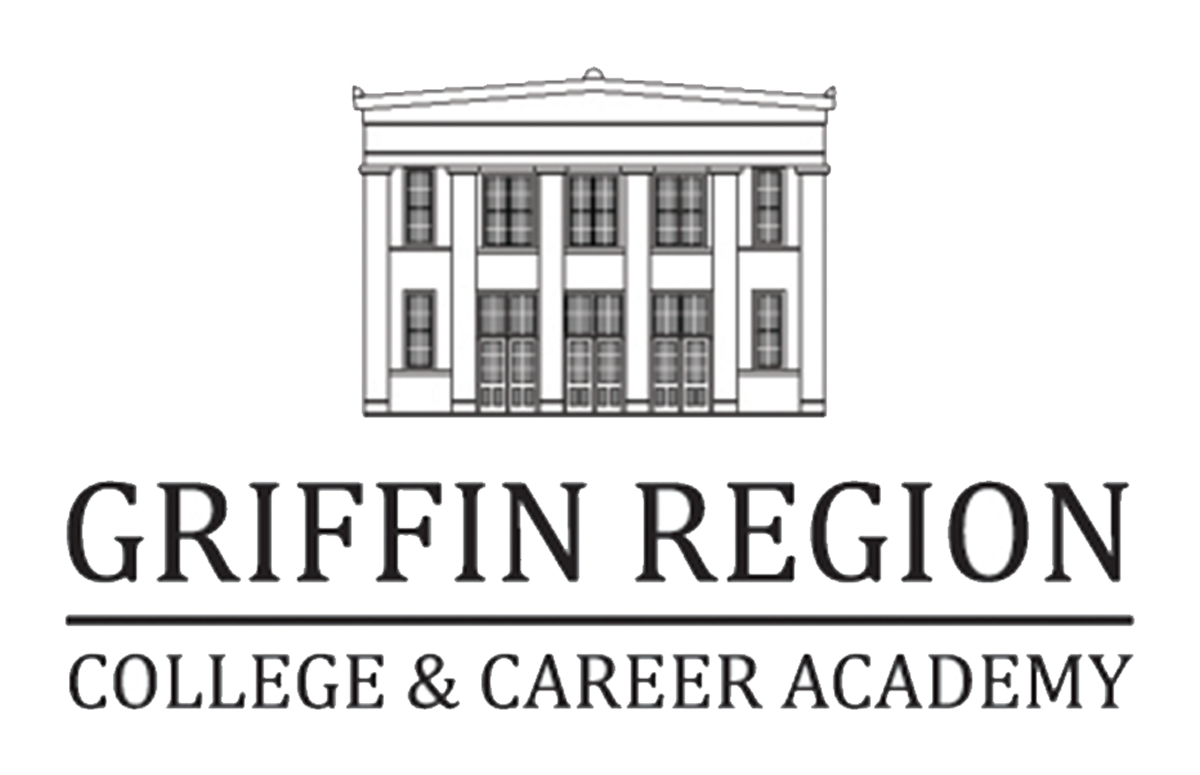Career & Technical Education Dual Enrollment
Core Academic Dual Enrollment allow students to take college classes while they’re still enrolled in high school. These classes count for both high school and college credit. High school students who complete dual enrollment may need to take fewer classes in college due to earning transferable college credit.
1. What is Dual Enrollment? Dual Enrollment is a process through which a high school student takes one or more courses from an approved state public or private post-secondary institution and receives credit at both the high school and the post-secondary institution.
2. What are some benefits of the Dual Enrollment Program?
Eases the transition from high school to the post-secondary environment
Provides students an early start on their college/technical careers
Offers meaningful and challenging academic experiences to qualified students
Provides early college opportunities for students to participate who normally would not attend college
Students have flexible scheduling opportunities during school, after school and/or online.
College tuition and expenses are fully or mostly paid in full which saves parents and students money
Reduces post secondary course requirements and attendance
3. Where can I take Dual Enrollment courses? Dual Enrollment courses can be taken on a college campus, online or at the Griffin Region College & Career Academy (GRCCA).
4. Who do I contact if I want my child to be a Dual Enrollment student? The law requires a conference with your child’s high school counselor to ensure eligibility.
5. Is transportation provided for students between the high school and AAS? Bus transportation is provided for students from their base high school to the GRCCA. No transportation will be provided directly from a student’s residence. Students who choose to drive a privately owned vehicles may obtain an GRCCA parking pass
6. Will Dual Enrollment affect my HOPE cap? No. Students who have reached the Dual Enrollment Funding Cap may be eligible for HOPE Grant and HOPE Career Grant Programs as a "bridge" to additional funding. Courses approved for DE will not count against the cap for the HOPE scholarship.
7. Can I still participate in sports or other extra-curricular activities at my high school? Yes, students may still participate at their base high school.
8. Do students have to complete a FAFSA? No, FAFSAs are not required for DE students, if the student is under age 18. However, if the student is age 18 at the beginning of the term or will turn 18 during the term funding is sought, the student may have to complete a FAFSA.
9. Will college credits earned in high school transfer to all colleges and universities? College credits may or may not transfer, depending on the college/university, the course taken and/or the programs of study requirements. Check with the specific college before registration to see what courses will transfer.
10. What happens to a student who drops or withdraws from a dual course? Dropping or withdrawing from a dual enrollment course will cause the student lose those perspective college credits and possibly receive a failing grade on their high school transcript. Dropping a course could affect the following: graduation requirements, class rank, and grade point average.
11. Who is responsible for notifying the high school if a student withdraws/drops any their dual enrollment course(s) during the semester/quarter? The student has the responsibility of contacting both the college and the high school counselor immediately, if the student is making the decision to drop, withdraw or change any dual courses. This decision may have serious consequences affecting: the student’s ability to graduate on time, the Grade Point Average (GPA), and continuation in the Dual Enrollment Program.
